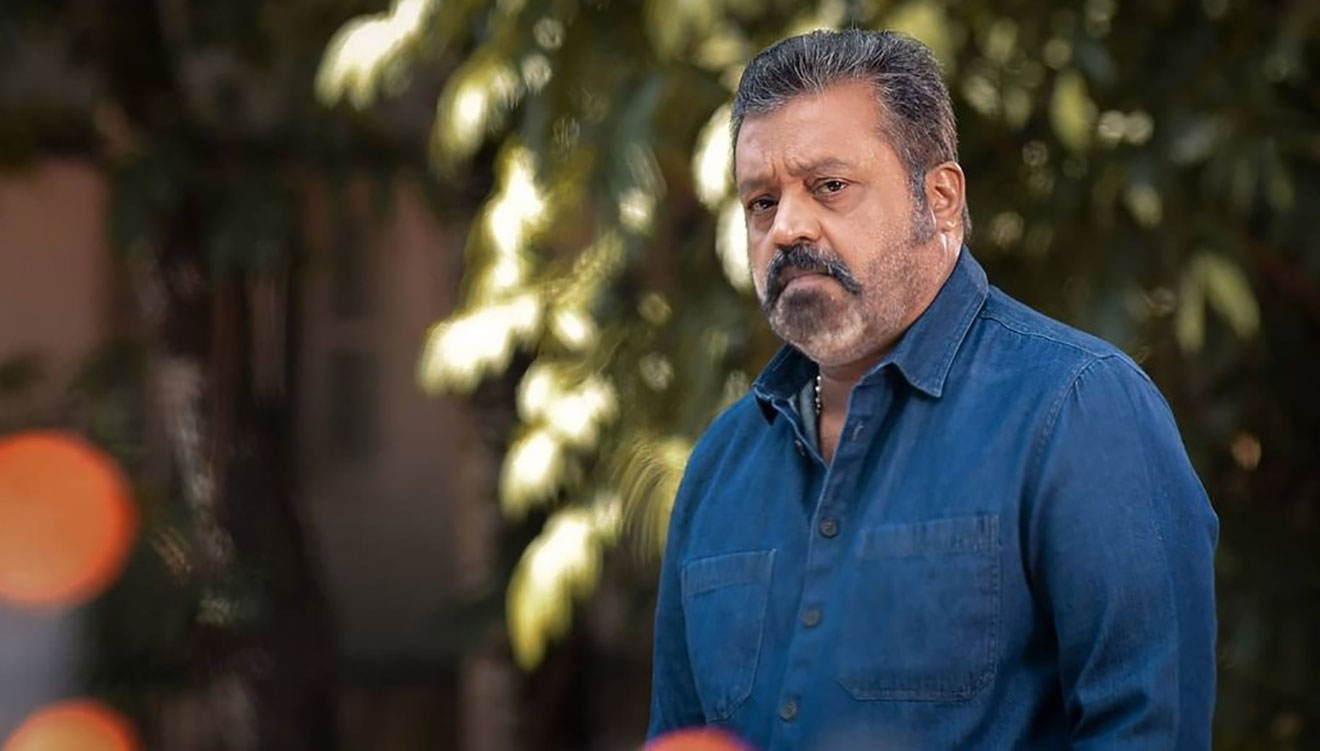Towards the final third of Kodiyil Oruvan, Vijay Antony’s Vijaya Raghavan gets up in front of a large gathering and reels off statistics. The part of me that grew up on a steady diet of Vijayakanth films squealed in delight. But the adult in me appreciated that the character was able to do so because of the way he has been written – an IAS aspirant who loves to teach as much as he loves to learn. It absolutely makes sense for him to have a hold on statistics. Kodiyil Oruvan is a film that has many such small moments littered throughout.
Take the long cold open. A local leader wants a woman to stand in the panchayat elections because it is a reserved constituency. But once she gets elected, she wants to do what she believes is right. The man, who wanted her to be a mere puppet, is unhappy when she breaks free. So he does what any self-respecting Tamil villain would do: tries to kill her. And if that isn’t masala enough an opening, the hero’s entry (here, birth) scene straight up solidifies the mythmaking that is about to be unleashed as he brings his mother back from death’s grasp.
However, Kodiyil Oruvan is also a Vijay Antony film, which means the mythmaking has to happen on a smaller canvas than in big-star vehicles. And so we get SS Thottam, a run-down residential locality, akin to the housing boards in various parts of Chennai, a place that has been exploited by the councillor for votes. Vijaya Raghavan, who comes to reside here, wants to be an agent of change even before he gets selected as an IAS officer. He sees a child urinating out in the open and comes up with a ‘sustainable’ solution – providing the boy with a seed to be planted at the spot where he urinates. The next day, when the boy finds a sapling there, he stops his habit. It is a solid advertorial for behavioural change theories.
At a crucial point in the film, as the hero, a follower of ahimsa, gets beaten up for questioning the system and morphs into someone who fights back, there is a glance at the now fully-grown plant.
When it comes to showcasing the pains of a local politician, rarely has a film portrayed it better than 2016’s Pugazh. While Kodiyil Oruvan doesn’t offer as good a character study, it does paint its protagonist with a Mudhalvan-esque brush as he attempts to change the ward for the better. These are the stretches where the unbelievable in real life becomes real on the big screen, and I must admit I enjoyed that. This is also the stretch in which we are introduced to Bedda Perumal (Ramchandra Raju whose role here is a welcome surprise compared to his usual stereotyped parts). He and Vijaya Raghavan pull each other’s strings and vie for the role of puppeteer.
Kodiyil Oruvan, while it has its flourishes, is by no means a perfect masala film. There is absolutely nothing that Aathmika’s character adds to the film. The sound mixing really is terrible at various places and the dialogue gets drowned in the mix. The editing is extremely choppy; the film is often confused about when it wants you to breathe and when not.
Recommended
But even with all these missteps, Kodiyil Oruvan delivers because it has the quintessential amma sentiment as its driving force – it dictates the protagonist’s choices at crucial segments. This core is solidly written from start to finish. As the final third blew up, and when the climax teased a sequel, I smiled wide and thanked Vijay Antony for consistently investing in masala films for the new millennium. This just might be the film that brings the audience back to theatres and could well prove to be the unexpected seed that sprouts new life in the movie business.
*****
This Kodiyil Oruvan review is a Silverscreen original article. It was not paid for or commissioned by anyone associated with the movie. Silverscreen.in and its writers do not have any commercial relationship with movies that are reviewed on the site.



